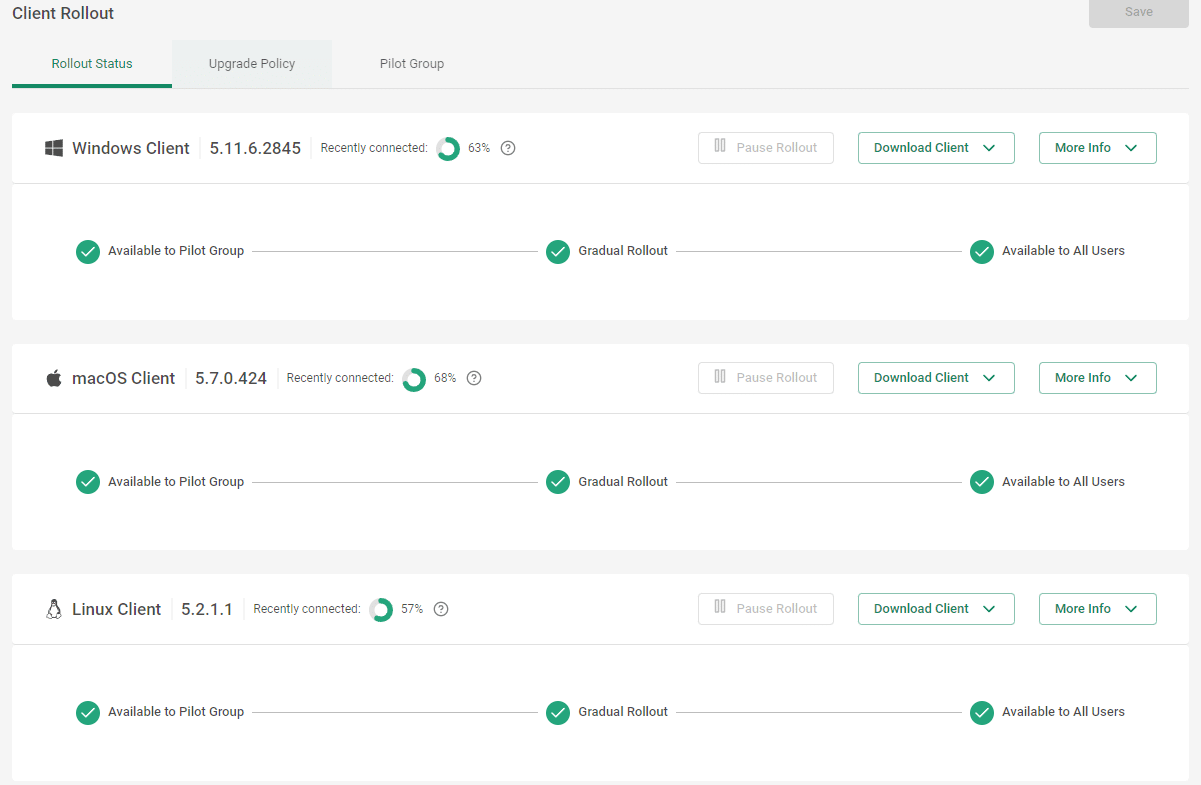The Enterprise Network Cookbook

Table of Contents
|
Listen to post:
Getting your Trinity Audio player ready...
|
An enterprise network strategy helps organizations maximize connectivity between end-user devices and applications so they can achieve positive business outcomes. But not all organizations know how to build a comprehensive enterprise network strategy on their own.
A new report by Gartner guides Infrastructure & Operations (I&O) leaders in creating a dynamic enterprise network strategy that connects business strategy to implementation and migration plans. In this blog post, we bring attention to the main highlights of their recommendations. You can read the entire “Enterprise Network Cookbook”, complimentary from Cato, here.
Strategy Structure
- Executive Summary – Communicates the summary to senior management. It should include the different stakeholder roles and the expected business outcomes. It is recommended to write this last.
- Business Baseline – A summary of the top-level business strategy, the desired business outcomes and business transformation initiatives. The baseline should also cover potential benefits and risks and explain how to overcome challenges.
- Campus and Branch Baselines – The organization’s guiding principles for campuses and branches. For example, wireless first, IoT segmentation, or network automation.
- WAN Edge Baselines – Principles for the WAN edge, like redundant connectivity design or optimization of WAN for cloud applications.
- Data Center and Cloud Networking Baselines – Cloud and data center principles. It is recommended to properly emphasize the importance of the data center and ensure automation by default.
Gartner’s Cookbook includes two sections of brainstorming and discussions when determining the main principles that will drive the enterprise networking strategy:
- Services Strategy Brainstorming – The strategy that determines how security and management applications are consumed, both on-premises and from the cloud. This section should cover a variety of use cases, including infrastructure as a service, platform as a service and SaaS, a hybrid IT operating model, which applications remain on-premises, etc.
- Financial Considerations – The financial implications of the enterprise network on corporate financial models. This section includes considerations like cost transparency, visibility, budgeting, asset depreciation predictability and funding sources.
Gartner also details what they consider the most important section of the enterprise network strategy:
- Inventory – In this section, list the inventory of the equipment and how it is deployed for the purpose of discovering each item and ensuring it is part of the enterprise network. Make sure to detail the component’s location, vendor, cost, use case requirements, integrations, etc. If you have too many components, focus on the core network.
The enterprise network strategy needs to align with existing strategies so it doesn’t reinvent or contradict them. It should align with:
- Security – Including security principles, responsibilities, and compliance
- Organizational and Staffing Issues – Enterprise networking will change staffing and HR requirements, since the new strategy will require different skill sets.
- Migration Strategy – A strategy for replacing legacy technologies. The strategy should take into consideration functionality, contract and service level agreements. Both technical and business factors should be present in the migration strategy.
Next Steps
Now that you’ve answered the “what” and “why” questions, you can move on to the implementation plan, i.e the “how” and the “when”. But even if you’ve already started implementation, developing a network strategy document can help you continue to implement in a more effective way that addresses your organizational needs. Therefore, it is recommended to create a network strategy plan, no matter how far into the implementation you are.















